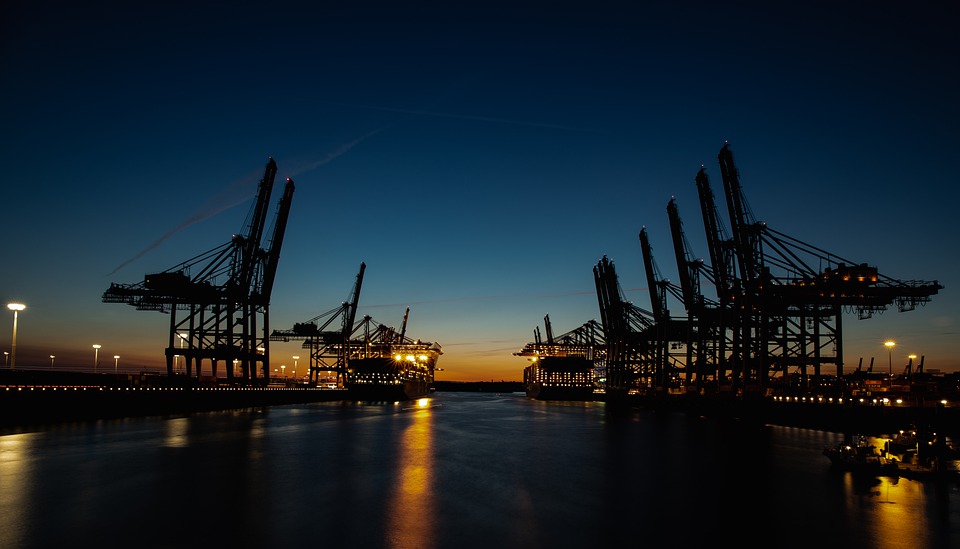Unlock the potential of your workout sessions with the right pre-workout supplementation. This comprehensive guide will navigate you through the benefits, types, and how to choose the best pre-workout supplement for your fitness journey.
What is Pre-Workout?
Pre-workout supplements are designed to enhance athletic performance, increase energy, and improve focus during exercise sessions. They typically contain a blend of ingredients that work together to help you get the most out of your workouts.
Key Ingredients in Pre-Workout Supplements
Understanding what goes into your pre-workout supplement is crucial for maximizing its benefits. Here are some of the key ingredients found in most pre-workout formulas:
- Caffeine: A stimulant that increases alertness and endurance.
- Beta-Alanine: Helps delay muscle fatigue and improve performance.
- Creatine: Supports muscle strength, power, and size by replenishing ATP levels.
- Nitric Oxide Precursors (e.g., L-arginine, L-citrulline): Boost blood flow to muscles for better nutrient delivery and endurance.
- BCAAs (Branched-Chain Amino Acids): Aids in muscle recovery and growth.
Benefits of Pre-Workout Supplementation
Integrating a pre-workout supplement into your routine can offer several benefits, including:
- Enhanced Performance and Endurance
- Increased Energy Levels
- Improved Focus and Concentration
- Faster Muscle Recovery
- Optimized Nutrient Delivery to Muscles
How to Choose the Right Pre-Workout for You
Selecting the perfect pre-workout supplement requires consideration of your specific goals, any dietary restrictions, and how your body responds to certain ingredients. Here are some tips for making an informed choice:
- Identify your fitness goals (e.g., endurance, strength, weight loss) to find a formula that aligns with your needs.
- Consider any sensitivities or allergies to ingredients commonly found in pre-workout supplements.
- Start with a lower dosage to assess your tolerance.
- Look for products with transparent labeling of ingredients and dosages.
Pre-Workout Safety and Side Effects
While pre-workout supplements are generally safe for healthy individuals, it’s important to be aware of potential side effects:
- High doses of caffeine can lead to jitters, insomnia, and increased heart rate.
- Beta-Alanine may cause a tingling sensation known as paresthesia.
- Excessive intake of certain ingredients can lead to gastrointestinal issues.
- Always consult with a healthcare provider before starting any new supplement regimen, especially if you have pre-existing health conditions.
Frequently Asked Questions (FAQs)
When should I take pre-workout?
It’s generally recommended to take pre-workout supplements 20-30 minutes before exercising to allow time for the effects to kick in.
Can I take pre-workout on an empty stomach?
Yes, you can, but it may increase the intensity of the effects. If you experience discomfort, try taking it with a small meal.
Is it safe to use pre-workout every day?
For most people, occasional use is safe, but daily use can lead to tolerance build-up and increased sensitivity to side effects. It’s best to use pre-workout selectively for more intense training sessions.
Embark on your fitness journey with the added boost of pre-workout supplements





